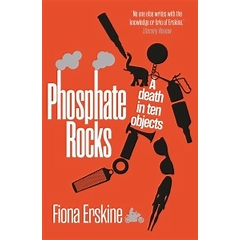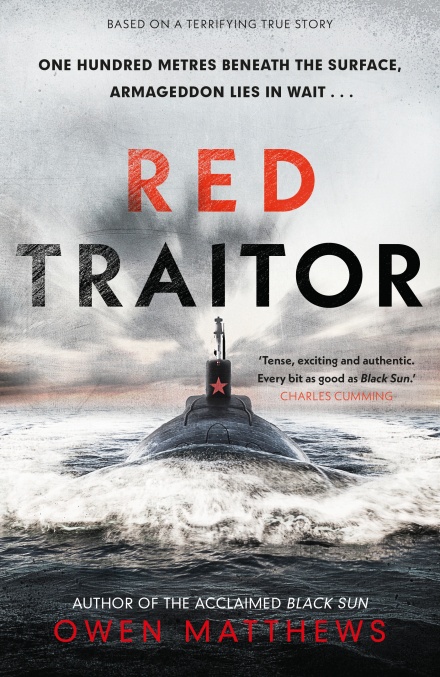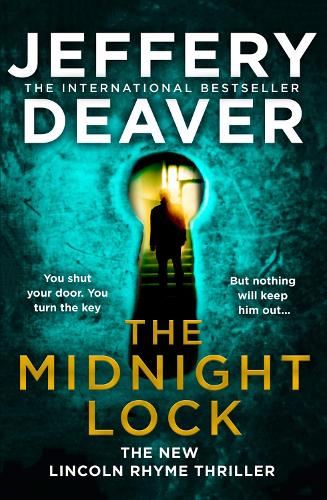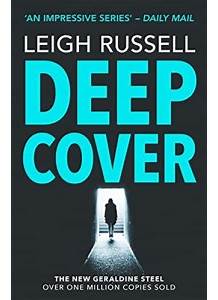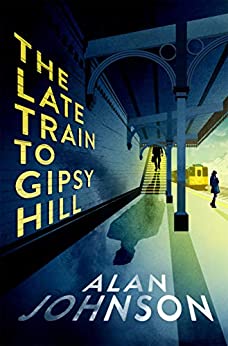Saving Lives in War, Disaster and Disease
By Dr Tony Redmond
Published by Harper North
300 pages ISBN 9780008449537
Publication date 16 September 2021
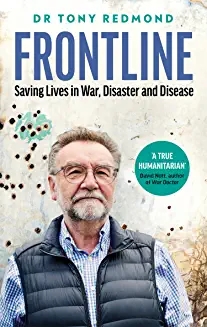
I was sent an uncorrected proof for review purposes. Many thanks to the author, publisher, and Alice Murphy-Pyle for arranging this
From the blurb
How are life-or-death choices made in disaster zones?
What are the consequences of your action, or inaction?
How do you live with yourself if you want to help but can’t?
Whether in the aftermath of the Lockerbie bombing or Sierra Leone’s Ebola outbreak, or in warzones in Kosovo and Kashmir, Dr Tony Redmond has spent a lifetime putting himself in harm’s way to help others stricken by disaster in war, refugee crises, air crashes, earthquakes, typhoons, volcanoes and disease outbreaks.
Synopsis
This is an autobiography which centres on the work experiences of the author and mainly concentrates upon his outstanding contribution to medical relief at disasters, both natural and man-made. In the preface there is a little about his upbringing, but he comes over as a private and modest man who is happier in letting his record of achievements speak for themselves.
My thoughts
Although there is only a little about the author away from his profession, we do get an idea of his overall motivations in the preface. His family experienced grinding poverty and his parents worked hard just to survive. As a young man his father travelled to the Argentina initially to be a priest but eventual sought work and adventure on the pampas. No doubt the tales he recounted sowed the seeds of foreign adventures of a different sort. I suspect that the main driving force was the poverty he experienced and had recounted to him. Life remained tough in the immediate post war austerity and ration years, but the introduction of the welfare state did much to alleviate the grinding poverty and meant that when he contracted TB he was able to get proper treatment. There was also still a spirit to help others within their relative poverty and a sense of being in it together. Simple empathy and compassion for others will go a long way.
After an opening chapter on the Lockdown of 2020 the book runs through his experiences in chronological order, describing the crisis, what he found on the ground and how he was able to help. In most cases he was able to assist in the organisation of relief delivery as well as medical procedures.
What we as readers will find hard to comprehend is the chaos on the ground as a great many well-meaning people congregate with a range of skills and back up support. Through the progression of the book, we can see that protocols have been developed and the importance of organisational and logistical skill is understood. However, the proliferation of NGOs, minor charities and celebrity foundations has added to the chaos as some feel the need to be seen to be there almost to the extent of competition. His story of John Travolta and Scientologists flying into Haiti itself is an eye opener and the chapter title of Disaster Tourism is quite fitting. Almost all these people mean well it’s just they cannot see the impact they have on the smooth running of aid delivery. There is duplication of purchasing, the wrong equipment being bought or supplied as well as waste and corruption at the point of delivery. Dispiriting to the donors hoping their charity donation will make a difference. Dr Redmond suggests supporting the major charities as they are best placed to make a meaningful difference, although some of these have recently been mired in scandal. There also appears to be a charity industry where CEOs are paid huge salaries and move from organisation-to-organisation mimicking ‘captains of industry’.
One aspect of care Dr Redmond is very clear on is that all patients are the same and should be treated so. He recounts stories of some disaster relief medics who take less care in documentation, fail to obtain informed consent from patients or even trying new or risky procedures using the patients as medical guinea pigs to test their skills. It would be easy to take the ‘something is better than nothing’ approach and sweep such failings under the carpet but he makes it clear that this neither morally nor ethically correct. This attitude is to be applauded, the last century has shown that even men of medicine can drift into doing appalling things in the name of research. Dr Redmond’s approach has been to give the best available care he can, within the prevailing circumstances, as if he were still in the UK, but also to mentor and train the local medical staff to leave a better hospital environment when he leaves.
The author has made great sacrifices to carry out this work. Although he doesn’t dwell on it, large periods of time spent away from his family often in dangerous locations must have put great strain on him home life and he must have missed key family moments. His health has also suffered greatly whilst deployed, suffering from heavy metal poisoning and damage to his vertebra which resulted in him eventually having to give up work on the ground and moving to desk-based work. He seems to have borne this stoically, I guess having seen the suffering he has first-hand he has different reference points to most of us, though clearly he possesses great inner strength as well as bravery.
The most interesting part for me is the work of the armed forces in disaster relief. As Dr Redmond is at pains to point out working with armed forces compromises humanitarian principles and he gives working with the Israeli Defence Force as an example. The dilemma comes as armed forces often have the best means and ability to deliver aid in natural disasters. Indeed, his back injury came in a Navy RIB as his team were carrying out medical relief on remote island whilst the Navy were pitching in with reconstruction work. I appreciate the points he makes but it seems to me that the armed forces have untapped skills that could be a great resource to do good and show us in a positive light if harnessed in a way that doesn’t compromise the overall humanitarian effort.
The one thing that shines through is his humanity. Here is a man who saw hardship in his formative years and has been determined to leave the world a better place than he found it as I am sure the legacy of what he has set up will bare testament. This book gives an insight into the frustrations and some of the danger in medical disaster relief work but is ultimately uplifting. If this book inspires others to follow in his footsteps but with eyes opened to the problems and dangers involved then I’m sure he will be happier with that rather than fame.
